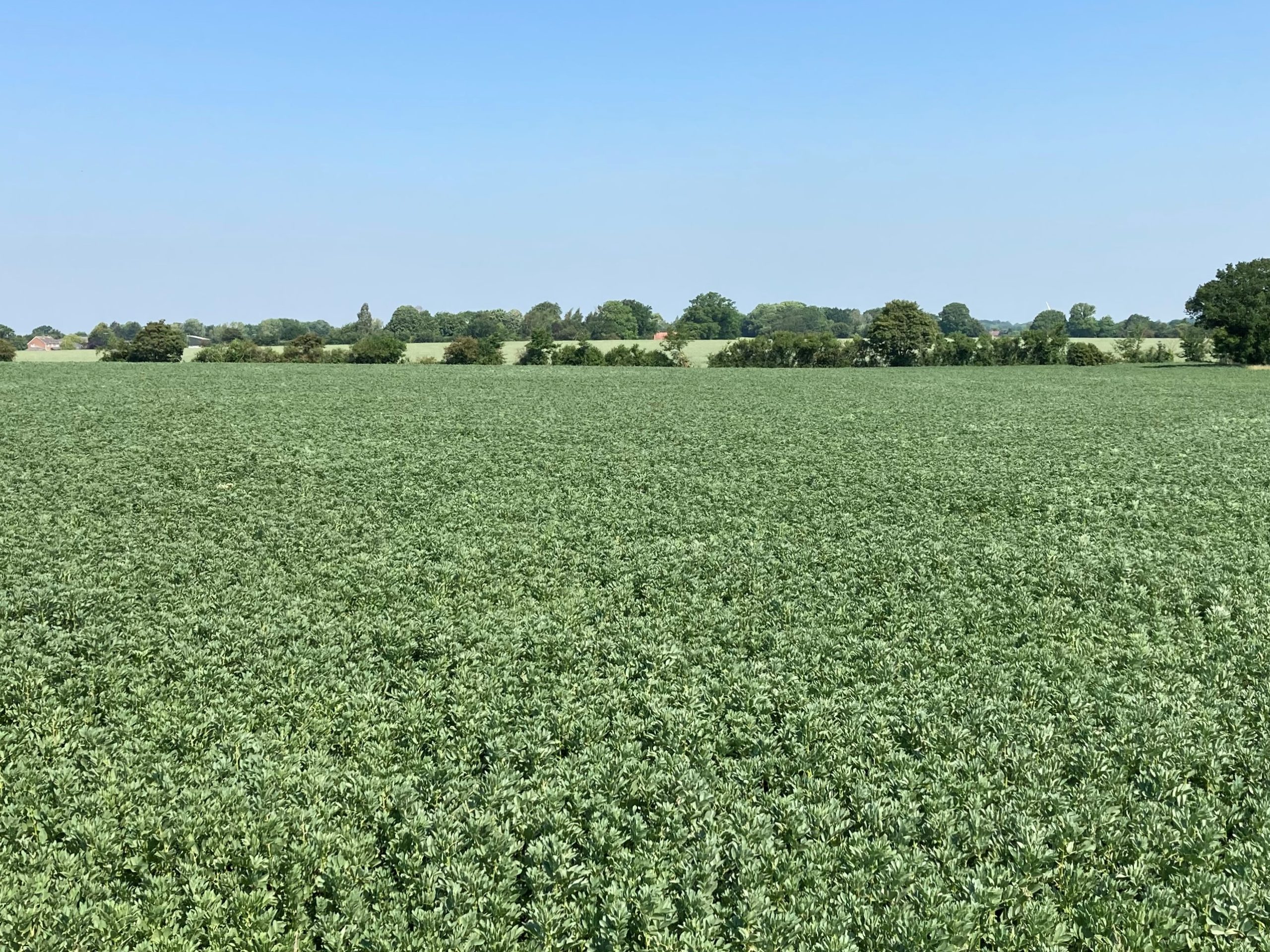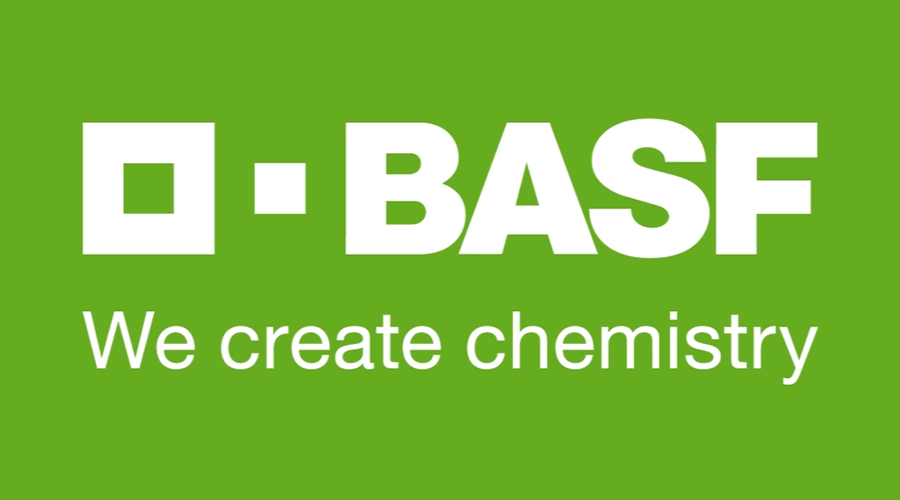Whether you’re a seasoned grower or you have just added winter beans to your rotation, the new Bean Growth Guide has been developed to help you make the most from the crop.
The free resource is the result of a collaboration between PGRO, ADAS and BASF, and brings together the latest scientific knowledge on getting the best from field beans.
“While beans haven’t attracted quite the same level of funding for research as other crops like wheat, there’s a deep understanding of this crop’s physiology and pathology among organisations like ADAS, PGRO and, through our own R&D, at BASF,” notes Polly Lawman, BASF Break Crop Campaign Manager at BASF.
“From a farm profitability and an environmental perspective, it’s important to get the most from any crop and this new guide brings together all the information needed to optimise field bean performance.”
Roger Vickers, PGRO CEO, agrees, adding: “Beans are an excellent break crop, fixing nitrogen in the soil for the following season, and delivering numerous environmental benefits besides. Thanks to decades of applied research, a huge amount of knowledge and expertise is available to those who want to grow beans well, from drilling and establishment to crop protection and harvesting. This guide is a comprehensive tool for any grower, regardless of their experience with the crop.”
“The potential yield of spring and winter beans in the UK has been calculated by YEN to be more than 10 t/ha, which means there is huge potential for yield improvement,” adds Pete Berry, ADAS Head of Crop Physiology. “This guide gives farmers and advisors understanding and practical ideas about how to start bridging this yield gap.”
Readers will find detailed technical information on the limiting factors to yield and nitrogen fixation, as well as nutrient uptake and the ideal traits needed for a high-yielding crop.
“Although the YEN is still in it’s early days, it’s already revealing insights,” says Polly. “Results have enabled experts to develop a ideotype – a combination of morphological and/or physiological traits that can be targeted to enhance crop yield – and bring this information to the fore.”
“Alongside the theoretical information which can be used to inform decision-making, there’s plenty of practical advice from cultivation techniques and crop protection, to harvest and storage.”
To view the guide visit: https://www.agricentre.basf.co.uk/en/Real-Results-Circle/Pulses/Pushing-Pulse-Yields/

